Welcome to ITCoordinates.
Helping your business succeed by connecting the dots in Information Technology
Product Development & Testing
- Home
- Product Development & Testing
Software Development Life Cycle(sdlc)
Streamlined development relies on two things. One is a reliable methodology; second is a detailed process from getting from point A to point B. Are you getting your feet wet in the extensive world of software development for the first time? Then the first step for you is to understand the Software Development Life Cycle (SDLC).
Defining SDLC
What Is SDLC | 7 Phases Of SDLC | Betsol A systematic approach that generates a structure for the developer to design, create and deliver high-quality software based on customer requirements and needs. The primary goal of the SDLC process is to produce cost-efficient and high-quality products. The process comprises a detailed plan that describes how to develop, maintain, and replace the software.
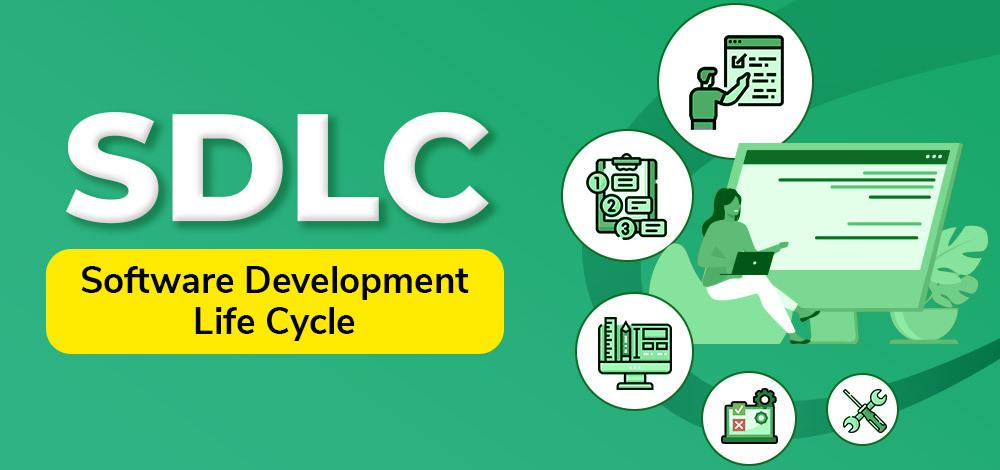
The 7 Phases Of SDLC (Software Development Life Cycle)

Stage 1: Project Planning
Project Planning | First Step In SDLC | BetsolThe first stage of SDLC is all about “What do we want?” Project planning is a vital role in the software delivery lifecycle since this is the part where the team estimates the cost and defines the requirements of the new software.
Stage 2: Gathering Requirements & Analysis
Gathering Requirement and Analysis | Second Step In SDLC | BetsolThe second step of SDLC is gathering maximum information from the client requirements for the product. Discuss each detail and specification of the product with the customer. The development team will then analyze the requirements keeping the design and code of the software in mind.
Further, investigating the validity and possibility of incorporating these requirements into the software system. The main goal of this stage is that everyone understands even the minute detail of the requirement. Hardware, operating systems, programming, and security are to name the few requirements.
Stage 3: Design
Design | Third Step In SDLC | BetsolIn the design phase (3rd step of SDLC), the program developer scrutinizes whether the prepared software suffices all the requirements of the end-user. Additionally, if the project is feasible for the customer technologically, practically, and financially. Once the developer decides on the best design approach, he then selects the program languages like Oracle, Java, etc., that will suit the software.
Once the design specification is prepared, all the stakeholders will review this plan and provide their feedback and suggestions. It is absolutely mandatory to collect and incorporate stakeholder’s input in the document, as a small mistake can lead to cost overrun.
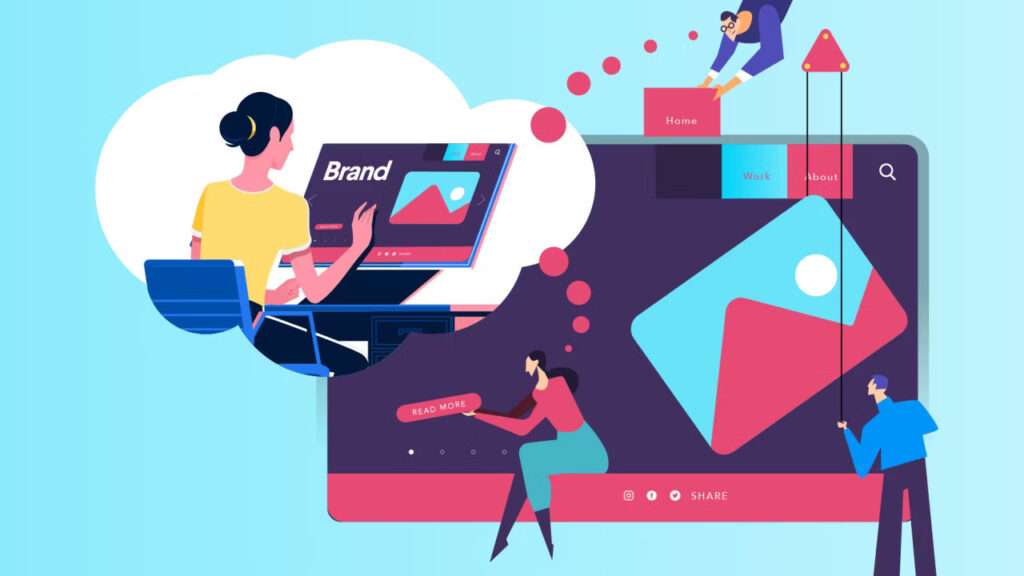

Stage 4: Coding or Implementation
Coding or Implementation | Fourth Step In SDLC | BetsolTime to code! It means translating the design to a computer-legible language. In this fourth stage of SDLC, the tasks are divided into modules or units and assigned to various developers. The developers will then start building the entire system by writing code using the programming languages they chose. This stage is considered to be one of the longest in SDLC. The developers need certain predefined coding guidelines, and programming tools like interpreters, compilers, debugger to implement the code.
The developers can show the work done to the business analysts in case if any modifications or enhancements required.
Stage 5: Testing
Testing | Fifth Step In SDLC | BetsolOnce the developers build the software, then it is deployed in the testing environment. Then the testing team tests the functionality of the entire system. In this fifth phase of SDLC, the testing is done to ensure that the entire application works according to the customer requirements.
After testing, the QA and testing team might find some bugs or defects and communicate the same with the developers. The development team then fixes the bugs and send it to QA for a re-test. This process goes on until the software is stable, bug-free and working according to the business requirements of that system.


Stage 6: Deployment
Development | Sixth Step In SDLC | BetsolThe sixth phase of SDLC: Once the testing is done, and the product is ready for deployment, it is released for customers to use. The size of the project determines the complexity of the deployment. The users are then provided with the training or documentation that will help them to operate the software. Again, a small round of testing is performed on production to ensure environmental issues or any impact of the new release.
Stage 7: Maintenance
Maintenance | Seventh Step In SDLC | BetsolThe actual problem starts when the customer actually starts using the developed system and those needs to be solved from time to time. Maintenance is the seventh phase of SDLC where the developed product is taken care of. According to the changing user end environment or technology, the software is updated timely.

Predominant Models of SDLC (Software Development Life Cycle)
Waterfall Model
BetsolWaterfall Model: This SDLC model is considered to be the oldest and most forthright. We finish with one phase and then start with the next, with the help of this methodology. Why the name waterfall? Because each of the phases in this model has its own mini-plan and each stage waterfalls into the next. A drawback that holds back this model is that even the small details left incomplete can hold an entire process.
Agile Model
BetsolAgile Model: Agile is the new normal; It is one of the most utilized models, as it approaches software development in incremental but rapid cycles, commonly referred to as “sprints”. With new changes in scope and direction being implemented in each sprint, the project can be completed quickly with higher flexibility. Agile means spending less time in the planning phases, and a project can diverge from original specifications.

Iterative Model
BetsolIterative Model: This SDLC model stresses on repetition. Developers create a version rapidly for relatively less cost, then test and improve it through successive versions. One big disadvantage of this model is that if left unchecked, it can eat up resources fast.
V-Shaped Model
BetsolV-Shaped Model: This model can be considered as an extension of the waterfall model, as it includes tests at each stage of development. Just like the case with waterfall, this process can run into obstructions.

Big Bang Model
BetsolBig Bang Model: This SDLC model is considered best for small projects as it throws most of its resources at development. It lacks the detailed requirements definition stage when compared to the other methods.
Spiral Model
BetsolSpiral Model: One of the most flexible of the SDLC models is the spiral model. It resembles the iterative model in its emphasis on repetition. Even this model goes through the planning, design, build and test phases again and again, with gradual improvements at each stage.

Product Development

Product development can be described as a five-stage process: Generating ideas, Evaluating and screening product ideas, Protecting your ideas, Finalizing design research and development, Promoting and marketing your product.
We are expertise in Java PHP/Angular based ERP-CRM Software Development.
Software Testing Life Cycle (STLC)
Software Testing Life Cycle (STLC) is a testing strategy that can help you efficiently meet software quality standards. STLC enforces systematic testing, which is performed in phases. STLC is often confused with Software Development Life Cycle (SDLC), but while STLC is focused on testing, SDLC encompasses all development stages. Read on for an in-depth look at STLC and its six phases.
Defining STLC
Software Testing Life Cycle (STLC) is a process used to test software and ensure that quality standards are met. Tests are carried out systematically over several phases. During product development, phases of the STLC may be performed multiple times until a product is deemed suitable for release.
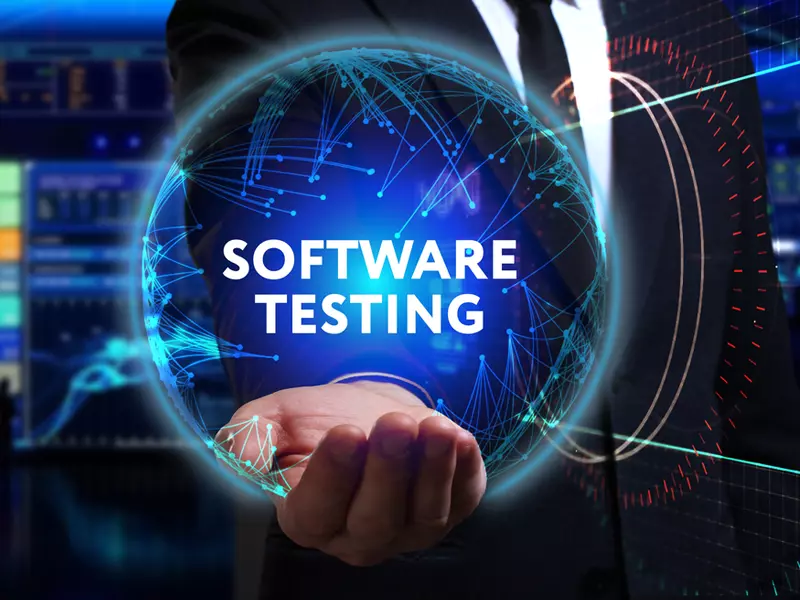
The 6 STLC Phases In-Depth
Software Testing Life Cycle consists of 6 phases, each with defined entry and exit criteria and associated activities and deliverables. Entry and exit criteria define when a phase can start and when it can end. Activities and deliverables define what actions are performed and what the expected result is. Some of these phases can be performed simultaneously while others require previous phases to be completed first.
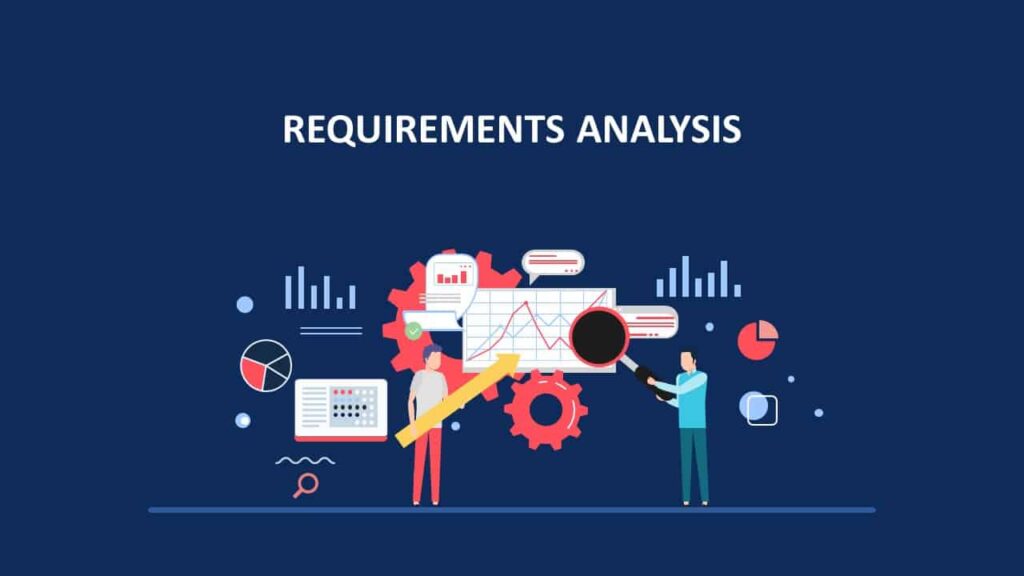
Phase 1: Requirement Analysis
During this phase, feature requirements collected in the SDLC process are evaluated to identify testable aspects. If necessary, testing teams may need to consult with stakeholders to clarify requirements. These requirements can either be functional or non-functional, defining what a feature can do or it’s characteristics respectively. The ability to automate testing is also evaluated during this phase.
Entry Criteria—documented requirements, acceptance criteria, and intended product architecture.
Exit Criteria—approved requirement traceability matrix (RTM) and automation feasibility report.
Phase 2: Test Planning
During this phase, the test strategy is outlined in a test plan document. This strategy includes tools needed, testing steps, and roles and responsibilities. Part of determining this strategy is a risk and cost analysis and an estimated timeline for testing.
Entry Criteria—requirement analysis, RTM, and automation feasibility report.
Exit Criteria—approved test plan including timelines and risk/cost analysis.

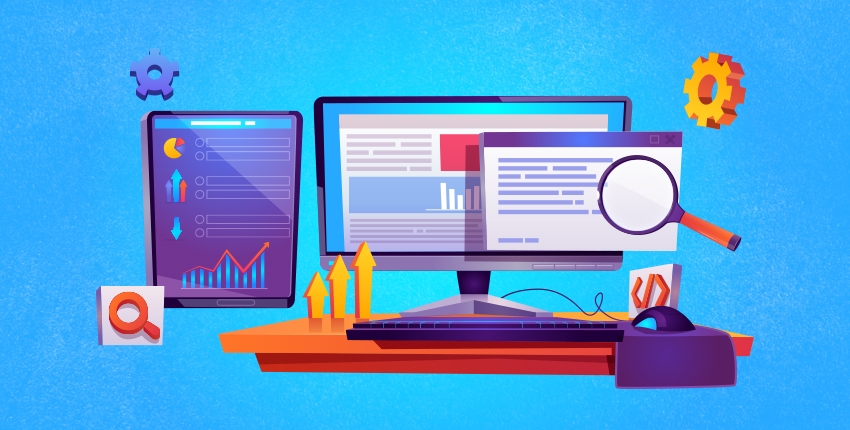
Phase 3: Test Case Development
During this phase, test cases are created. Each case defines test inputs, procedures, execution conditions, and anticipated results. Test cases should be transparent, efficient, and adaptable. Once all test cases are created, test coverage should be 100%. Any necessary automation scripts are also created during this phase.
Entry Criteria—approved test plan including timelines and risk/cost analysis.
Exit Criteria—approved test cases and automation scripts.
Phase 4: Test Environment Setup
During this phase, testing environments are configured and deployed. This phase may include a variety of testing tools, including TestComplete, Selenium, Appium, or Katalon Studio. Sometimes, this phase also includes setting up test servers. Once environments are deployed, smoke tests are performed to ensure that environments are working as expected with all intended functionality.
Entry Criteria: system design and project architecture definitions.
Exit Criteria: a fully functional test environment and approved test cases.
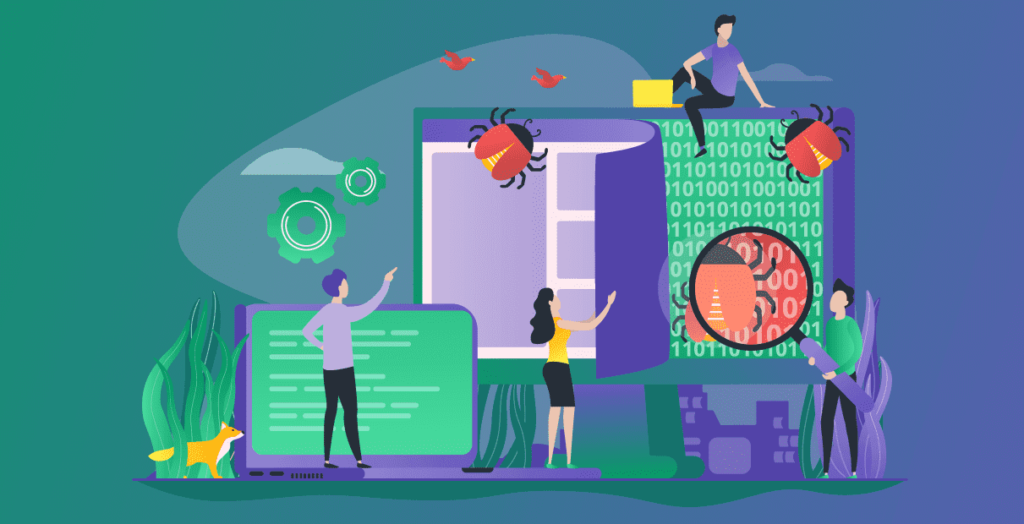
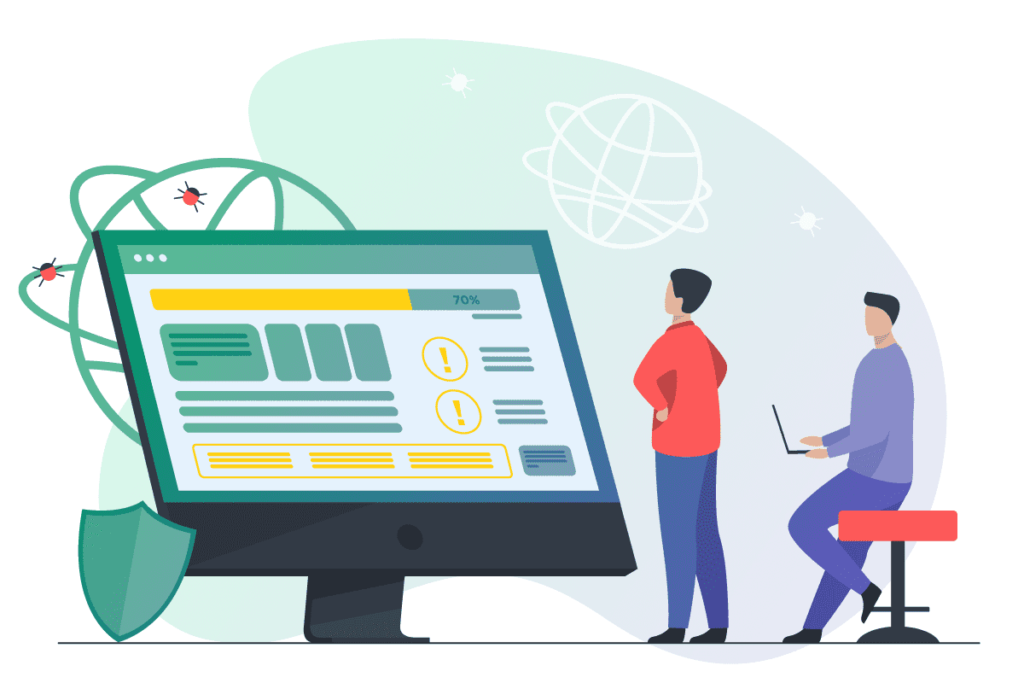
Phase 5: Test Execution
During this phase, features are tested in the deployed environment, using the established test cases. Expected test results are compared to actual and results are gathered to report back to development teams.
Entry Criteria—all exit criteria from previous steps.
Exit Criteria—all tests are performed and results are documented.
Phase 6: Test Cycle Closure
This is the last phase of the STLC, during which a test result report is prepared. This report should summarize the entire testing process and provide comparisons between expected results and actual. These comparisons include objectives met, time taken, total costs, test coverage, and any defects found.
Entry Criteria—test results and logging from all previous phases.
Exit Criteria—delivered and approved test closure report.

ITCoordinates analyzes your software, and then provides you with the feedback necessary to prioritize testing and build efficient testing cycles. With ITCoordinates, you can discover which tests are needed to improve software quality, and which tests are redundant and should not be performed.
We’re Ready to Bring Bigger
& Stronger Projects
0